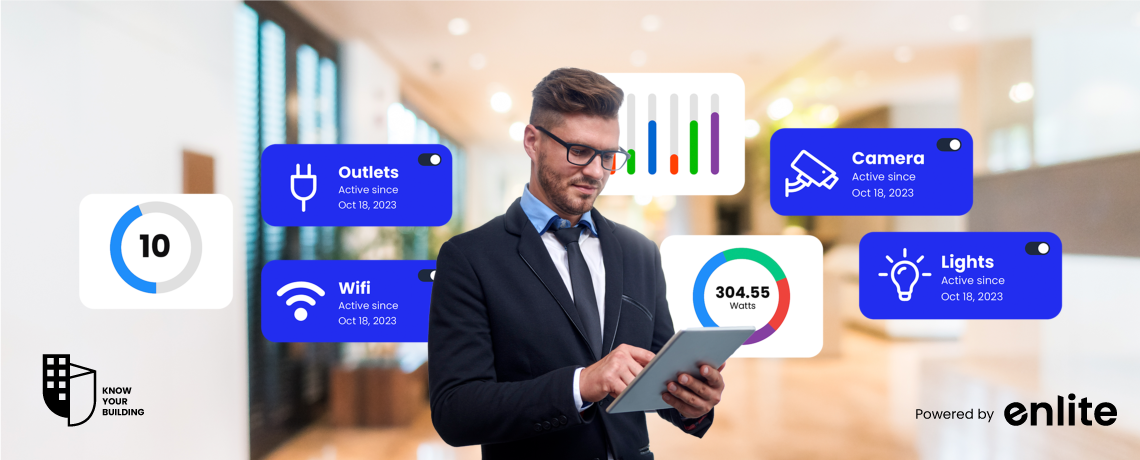Introduction
In today’s rapidly evolving world, the concept of comfort within the built environment has undergone a remarkable transformation. People no longer settle for mediocre comfort in their homes, offices, or public spaces. They expect more, and they expect it to be personalized to their preferences. This rising demand for comfort has sparked a significant shift in the way we manage buildings, and the solution lies in Wireless Building Management Systems (BMS).
The Importance of Occupant Comfort
Comfort is not just a matter of luxury, it’s essential for our well-being. Occupant comfort contributes to our physical and psychological health, productivity, and overall quality of life. Whether it’s the temperature in your office, the lighting in your home, or the acoustic conditions in a public building, these factors directly impact how comfortable and content you feel in that space.
Wireless Technology in Building Management
Wireless Sensors and Actuators
Wireless sensors and actuators have the advantage of flexibility and scalability. They can be easily installed or moved as needed, and they communicate with the central BMS without the need for complex wiring.
Communication Protocols
Various communication protocols, such as Zigbee, Z-Wave, and Wi-Fi, enable wireless devices to transmit data and receive instructions from the central BMS. This flexibility allows for seamless integration with other smart systems within a building.
Integration with Existing Systems
One of the key advantages of wireless BMS is its ability to integrate with existing building systems. Whether you have an older building or a state-of-the-art facility, wireless technology can be retrofitted to optimize comfort and efficiency.
Occupant Comfort and Its Measurement
Defining Comfort Parameters
Comfort is subjective and varies from person to person. A Wireless Building Management System can be programmed to account for individual preferences by considering factors such as temperature, lighting, humidity, and air quality.
The Role of Environmental Sensors
Environmental sensors play a vital role in measuring and ensuring comfort. Temperature sensors, for example, monitor and adjust heating and cooling systems to maintain optimal temperatures, while lighting sensors can control artificial lighting to provide the desired level of brightness.
Human-Centric Approaches
Modern WBMSs often adopt human-centric approaches, where they consider factors like the number of occupants in a room, their activities, and circadian rhythms. This results in a more personalized and comfortable environment.
Designing for Comfort
HVAC Systems and Zoning
Heating, ventilation, and air conditioning (HVAC) systems are at the core of comfort control. By dividing a building into zones and controlling them separately, you can optimize comfort and save energy by only conditioning areas that need it.
Lighting Control for Visual Comfort
Lighting plays a significant role in creating a comfortable environment. BMSs can adjust lighting levels to mimic natural daylight or adapt to the time of day and individual preferences.
Acoustic Considerations
Noise levels are often overlooked but can significantly impact comfort. Wireless BMSs can monitor and control acoustic conditions by adjusting sound masking or even alerting occupants to excessive noise.
Energy Efficiency and Sustainability
Energy Management and Conservation
Wireless BMSs are not just about comfort; they are also instrumental in energy management and conservation. They can optimize the use of resources, reduce energy consumption, and lower operational costs.
Green Building Standards
Sustainable and energy-efficient buildings are the future. Wireless BMSs can help buildings meet green building standards, such as LEED or BREEAM, by efficiently managing resources and minimizing waste.
The Business Case for Sustainability
Sustainability isn’t just a buzzword; it’s also a smart business move. Going green can lead to cost savings, increased property value, and a positive reputation, all of which can benefit building owners and investors.














